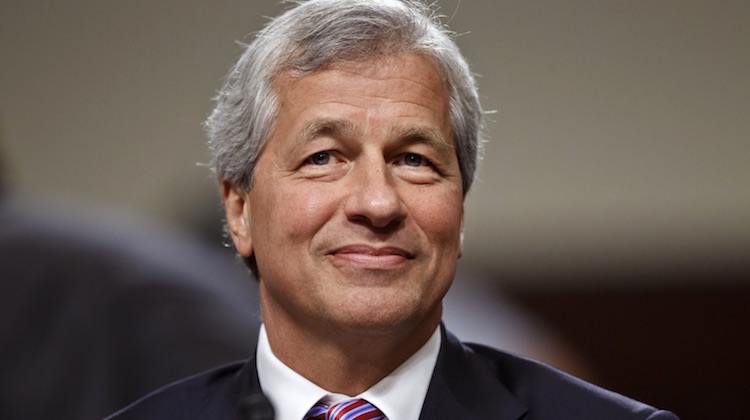The Customer Effect
What JPMorgan is doing with that $9.5 billion tech spend
- JPMorgan Chase spent 16 percent of its budget on technology last year
- The U.S. banking giant is investing heavily on robotics and AI to automate processes and cut costs








